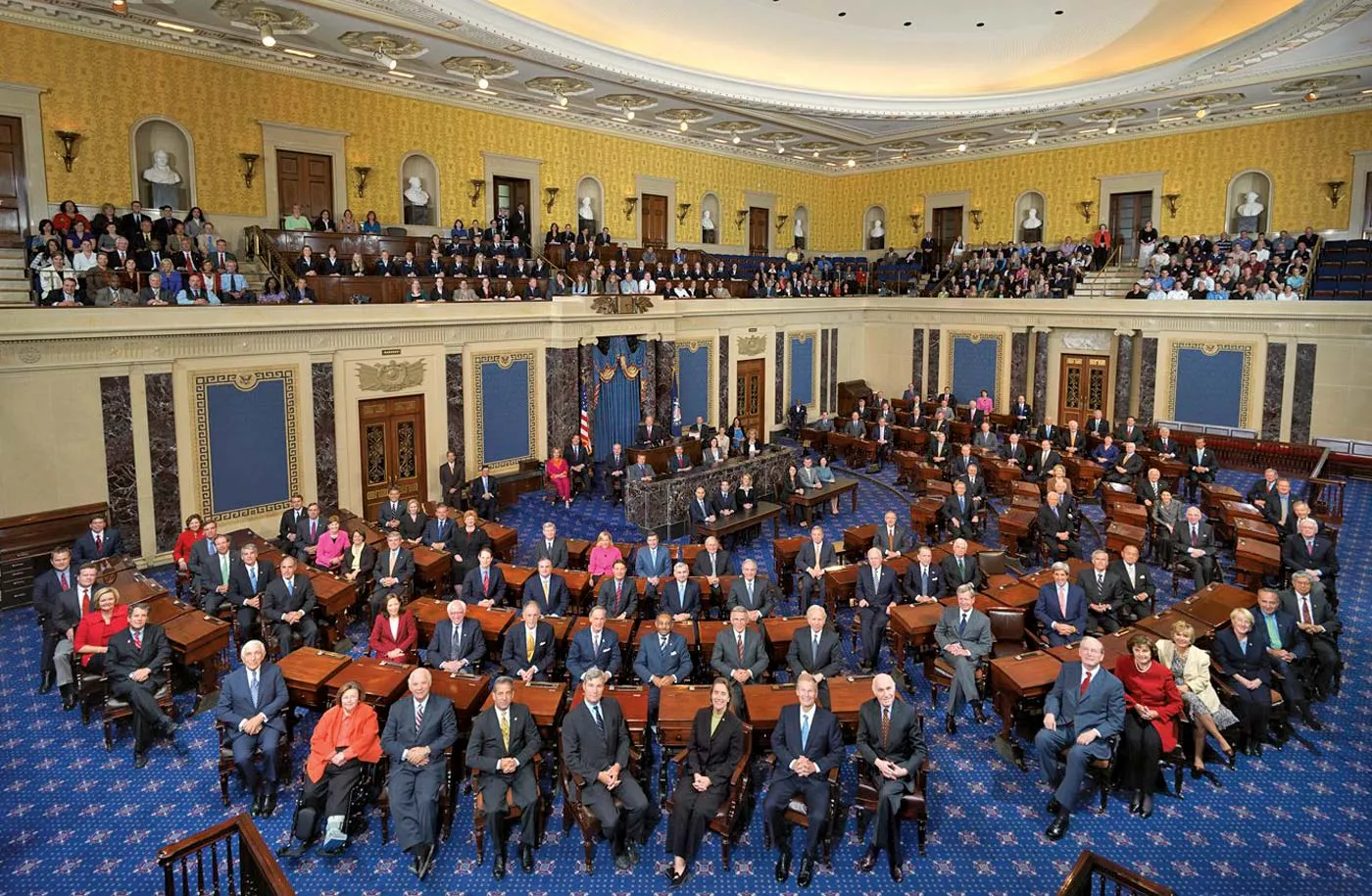The lawmatics Briefs
The History
The emergence of Second Chamber in a Federal context was first seen in the Constitution of the United States. The thirteen original colonies had been governed under varying structures until independence from British Rule and hence the element of states’ identity was carried into the subsequent Union. For purposes of the Federal legislature, there were concerns by the smaller states that the recognition of constituencies on the basis of population would accord more representation and power to the bigger and more populous states.
Furthermore, in that era, voting rights were limited to white males and hence the size of the electorates was relatively larger in the Northern states as compared to the Southern states which had a comparatively higher proportion of Negroid population who had no franchise. Hence, the motives of Federalism and ensuring of more parity between states of different sizes resulted in a compromise in the drafting of the constitution. While the Lower House of Congress, i.e. the House of representatives was to be constituted by members elected from Constituencies based on population distribution, the Senate was based on equal representation for all states.
Initially, the two senators from each state were elected by the respective State legislatures but after the 17th amendment of 1913, Senators have been elected by open adult suffrage among the whole electorate of a state. This inherent motive of ensuring a counter-balance to the power of the federal government and larger states has persisted in the functioning of the Senate. This is reflected by the fact that the U.S. Senate has also been vested with certain extra-legislative powers, which distinguish it from Second Chambers in other countries.
Composition and functioning
The American Senate accords equal representation to all 50 states, irrespective of varying areas and populations. Under Article 1, section 3 of the U.S. Constitution, two senators are elected from every state by an open franchise, and hence the total membership of the Senate stands at 100. It is generally perceived in American society that the office of a senator commands more prestige than that of a member in the House of Representatives.
Senators were chosen by members of the respective State legislatures before the 17th amendment of 1913 by which the system of open franchise was introduced. The candidates seeking election to the Senate have to be more than 30 years old and should have been citizens of the U.S.A. for more than 9 years and also should have legal residence in the state they are seeking election from. Senators are elected for 6 year terms, with 1/3rd of the members either retiring or seeking re-election every 2 years. Senators can run for re- election an unlimited number of times.
The Vice President of the U.S.A. serves as the presiding officer of the Senate, who has a right to vote on matters only in case of a deadlock. However, for all practical purposes the presiding function is performed by a President Pro Tempore (Temporary presiding officer), who is usually the senator from the majority party with the longest continuous service. The floor leaders of the majority and minority parties are chosen at separate meetings for both parties (known as Caucus/conference) that are held before each new session of Congress. The Democratic and Republican parties also choose their respective Whips and Policy committees in the Caucus.
